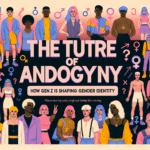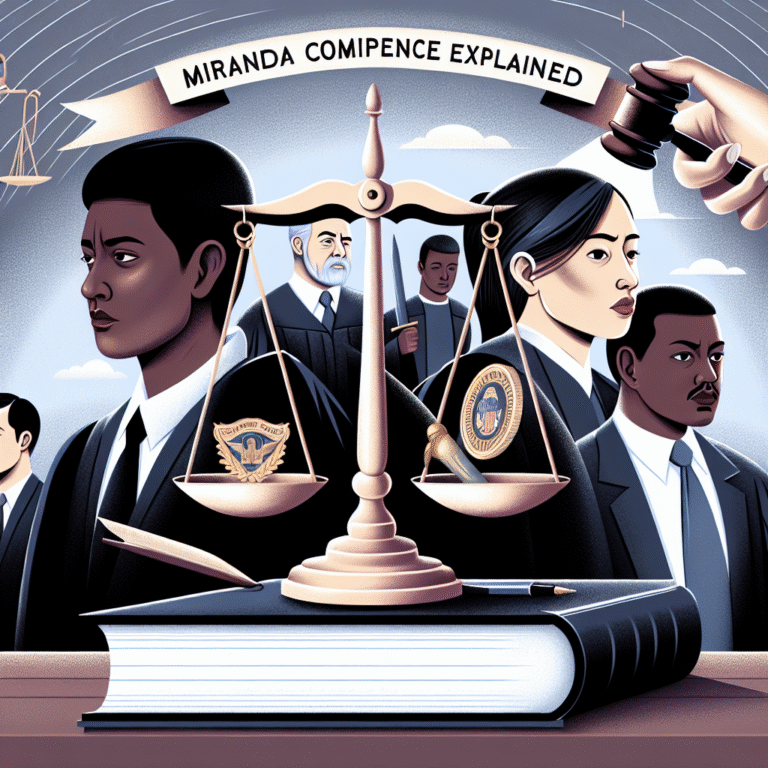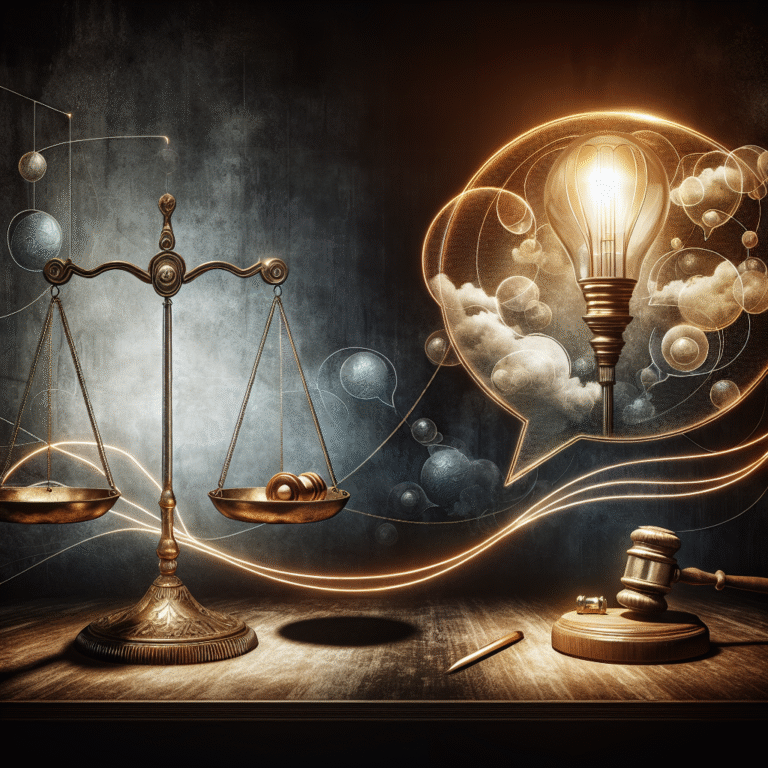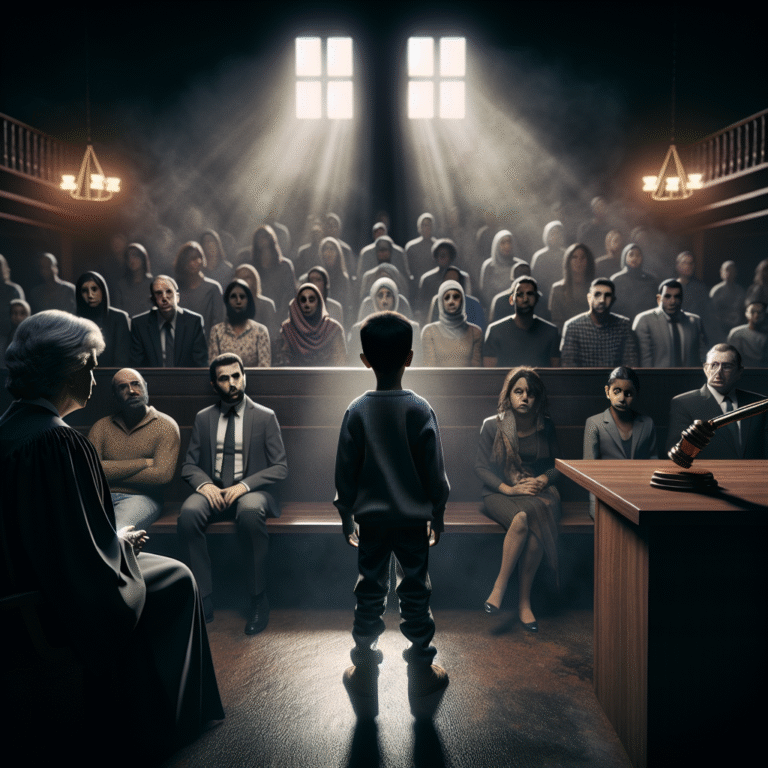
Introduction
Jury selection is more than a mere preliminary procedure in the courtroom; it is the linchpin that can either pave the way for justice or unravel the very fabric of the legal system. When we hear about trials in the news, we often jump straight to their dramatic outcomes. However, the pivotal act of jury selection is where the story truly begins—shaping the very foundation of a fair trial and influencing the lives of those involved.
In this article, we’ll delve into "Jury Selection 101: The First Step Toward Justice," exploring what this critical process entails, its historical evolution, its significance in ensuring a fair trial, and the various strategies involved in crafting a jury that upholds the principles of justice. From enlightening case studies to expert opinions, we will cover all you need to consider jury selection as a vital part of the legal landscape.
Understanding Jury Selection
What is Jury Selection?
At its core, jury selection is the process through which attorneys choose jurors who will weigh the evidence presented in court. This selection is essential not merely for assembling a group of individuals but for forming a group that can evaluate the case impartially, based on facts and the law.
The Balance of Justice
Jury selection balances the rights of the defendant and the interests of society. It reflects the societal belief that a fair trial is a cornerstone of justice, ensuring that every individual—regardless of background—can receive an unbiased evaluation.
The Historical Context
Evolution of Jury Trials
The concept of trial by jury dates back centuries, with roots in ancient Greece and Rome. In the U.S., the Sixth Amendment guarantees the right to a fair trial by an impartial jury, a hallmark of democratic societies. Over time, the process of jury selection has evolved, influenced by societal change, legal precedents, and various notable cases.
Landmark Cases in Jury Selection
Batson v. Kentucky (1986): This Supreme Court case ruled that a prosecutor cannot discriminate jurors based on race, fundamentally altering jury selection practices and reinforcing the importance of diversity in juries.
- J.E.B. v. Alabama ex rel. T.B. (1994): This case expanded the Batson ruling, asserting that gender discrimination during jury selection is also unconstitutional.
These cases illustrate the evolving nature of jury selection and its significance in promoting justice.
The Jury Selection Process
Pre-Trial Procedures
Jury Questionnaire: Often, potential jurors fill out a questionnaire that helps attorneys gauge their backgrounds, beliefs, and potential biases.
- Voir Dire: This is the process of questioning potential jurors to earn insights into their fitness for the case. It aims to uncover biases and ensure jurors can make impartial decisions based on the evidence presented.
Table 1: Key Steps in Jury Selection
| Step | Description |
|---|---|
| Jury Pool Formation | Compiled from voter registrations and other public records |
| Jury Questionnaire | Potential jurors complete exhaustive questionnaires to reveal potential biases |
| Voir Dire | Attorneys ask questions to uncover biases and determine impartiality |
| Selection | Final jurors are selected based on responses and attorney intuition |
Challenges in Jury Selection
The challenge lies in balancing the need for a fair trial with the desire of attorneys to shape a jury that aligns with their case. Issues such as implicit bias and the influence of media can complicate this process.
Strategies for Effective Jury Selection
Attending to Demographics
Understanding the demographics of jurors is crucial. Research shows that diversity within a jury leads to more thorough deliberations. Attorneys analyze the backgrounds, experiences, and attitudes of potential jurors to select a well-rounded group.
Behavioral Analysis
Some attorneys employ behavioral analysis tools to understand juror reactions during the selection process. By observing body language and responses, lawyers attempt to predict how jurors might respond to case arguments once selected.
Utilizing Technology
In recent years, technology has dramatically transformed jury selection. Simulation programs can predict juror behaviors based on extensive data analysis, allowing attorneys to refine their selections further.
Case Studies and Real-World Applications
Case Study 1: The O.J. Simpson Trial
The jury selection process in the O.J. Simpson trial is often cited as one of the most scrutinized in American legal history. The defense’s strategy capitalized on race relations and societal divisions, providing significant insights into how jury composition can impact trial outcomes.
Analysis
This case emphasized the importance of selecting jurors who can be impartial in high-profile cases where public opinion is deeply divided. The outcome highlighted how the selection process could determine more than just a verdict—it could shape public discourse on race, justice, and the legal system.
Case Study 2: The Derek Chauvin Trial
During the trial of Derek Chauvin for the murder of George Floyd, diverse strategies were employed to ensure a representative jury would hear the case. The prosecution and defense faced the challenge of potential jurors’ pre-existing biases due to the high media coverage.
Analysis
This trial showcased how societal issues directly influence jury selection, further reinforcing the need for a process that carefully evaluates potential jurors’ backgrounds, particularly in cases that evoke strong public emotions.
Conclusion
Jury selection is, without a doubt, "Jury Selection 101: The First Step Toward Justice." Its role is not only procedural but foundational to the essence of a fair judicial process. By understanding its significance and the complexities involved, we can appreciate the intricate interplay between law, society, and justice.
The next time you hear about a trial, remember that the journey toward justice begins long before the opening statements.
FAQs
1. What is the purpose of jury selection?
The purpose of jury selection is to choose impartial jurors who can evaluate evidence and law fairly, ensuring a just outcome.
2. How do lawyers choose jurors?
Lawyers analyze questionnaires, conduct voir dire, and utilize various strategies to identify potential biases before selecting jurors.
3. Can a juror be dismissed for bias?
Yes, if a juror displays bias or indicates they cannot be impartial, they can be dismissed during the selection process.
4. What is a "peremptory challenge"?
A peremptory challenge allows attorneys to dismiss a potential juror without stating a specific reason, usually limited in number.
5. How important is diversity in jury composition?
Diversity enhances the jury’s deliberation process and offers a broader range of perspectives, contributing to a more balanced outcome.
In bringing together all these elements of jury selection, we uncover the fundamental truth: that justice begins with the careful consideration of those called upon to deliver it.

















